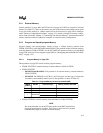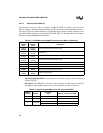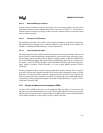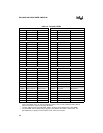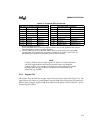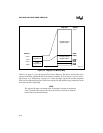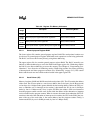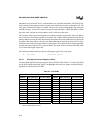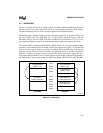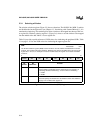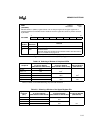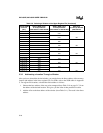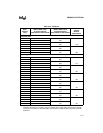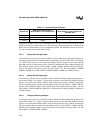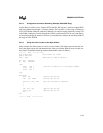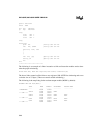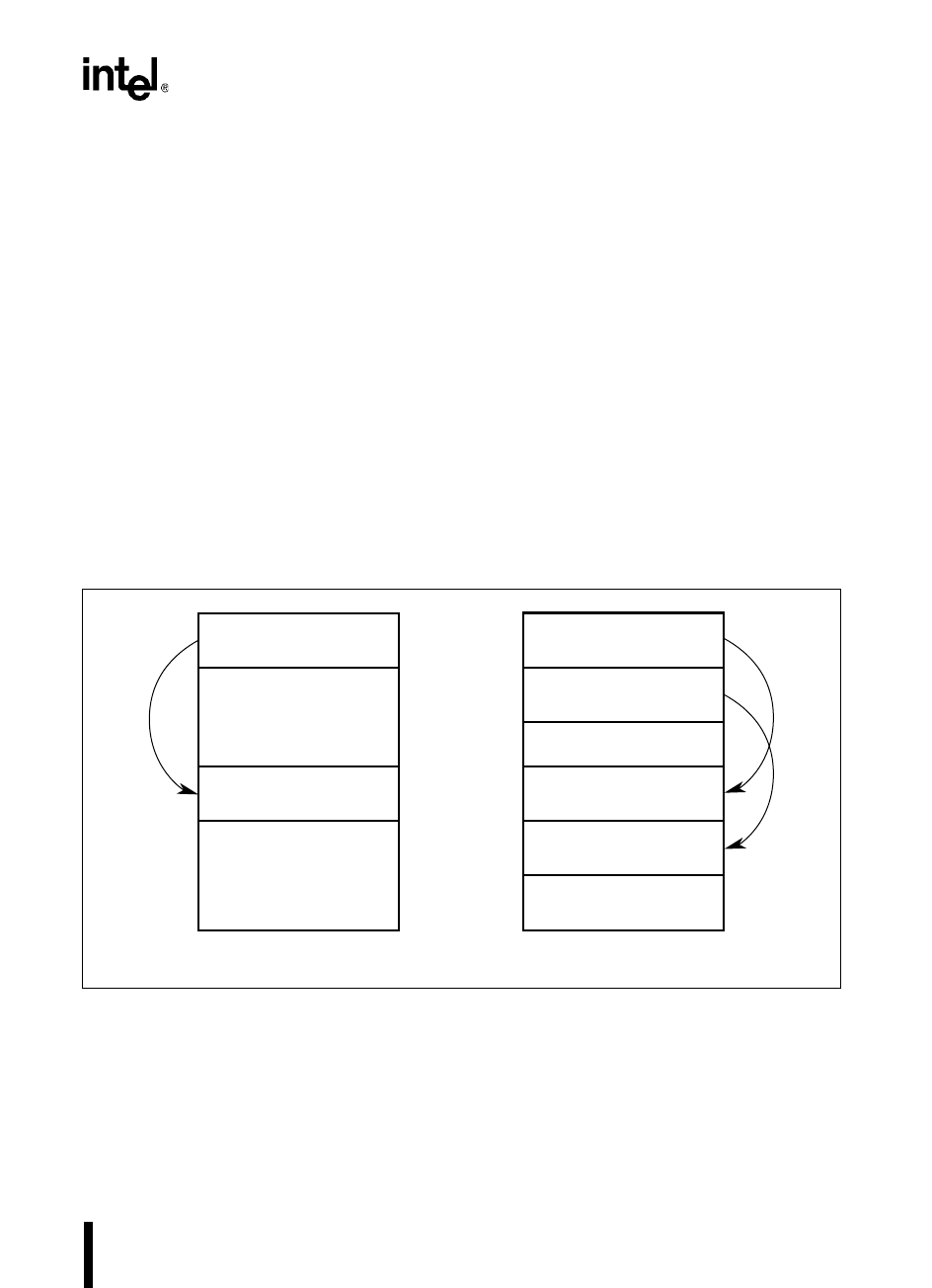
5-13
MEMORY PARTITIONS
5.3 WINDOWING
Windowing expands the amount of memory that is accessible with direct addressing. Direct ad-
dressing can access the lower register file with short, fast-executing instructions. With window-
ing, direct addressing can also access the upper register file and peripheral SFRs.
Windowing maps a segment of higher memory (the upper register file or peripheral SFRs) into
the lower register file. The 8XC196NP has a single window selection register, while the
80C196NU has two. The first, WSR, is the same in both devices. WSR selects a 32-, 64-, or 128-
byte segment of higher memory to be windowed into the top of the lower register file space.
The second, WSR1, is unique to the 80C196NU. WSR1 selects a 32- or 64-byte segment of high-
er memory to be windowed into the middle of the lower register file (Figure 5-4). Because the
areas in the lower register file do not overlap, two windows can be in effect at the same time. For
example, you can activate a 128-byte window using WSR and a 64-byte window using WSR1
(Figure 5-4). These two windows occupy locations 0040–00FFH in the lower register file, leav-
ing locations 001A–003FH for use as general-purpose register RAM, locations 0018–0019H for
the stack pointer or general-purpose register RAM, and locations 0000–0017H for the CPU SFRs.
Figure 5-4. Windowing
03FFH
0380H
037FH
0340H
00FFH
0080H
007FH
0040H
003FH
0000H
A3053-02
128-byte Window
(WSR = 17H)
Window in
Lower Register File
128-byte Window
(WSR = 17H)
64-byte Window
(WSR1 = 2DH)
WSR Window in
Lower Register File
WSR1 Window in
Lower Register File
8XC196NP 80C196NU



